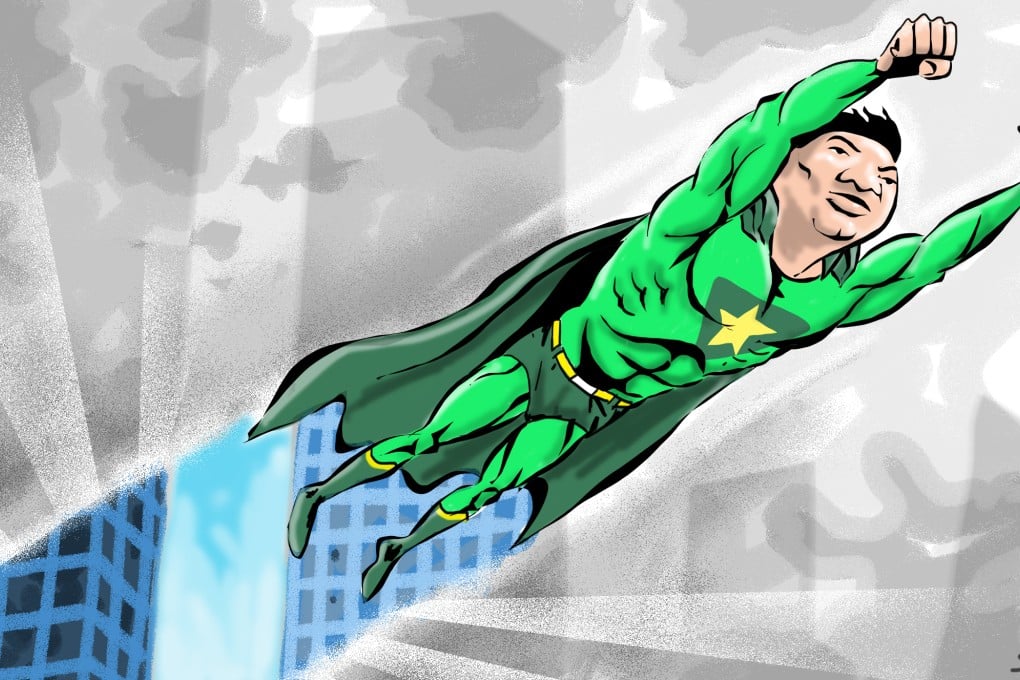How China has gone from climate villain to hero in just six years
Li Shuo says since the last climate conference, in Copenhagen in 2009, there has been a remarkable turnaround in the Chinese leadership’s attitude to climate change


Meanwhile, world leaders are in Paris at the UN Climate Change Conference, trying to reach a global agreement and curb problems just like this. And just who is the world expecting to take the lead? China.
In 2009, during the Copenhagen Climate Change Conference, China was characterised as the “villain”. Ask anyone whether the world’s second-largest economy would ever lead the fight against global warming and it would have seemed unfathomable. “We’re a developing nation,” they would argue, offsetting any responsibility to cooperate. Amid tit-for-tat squabbling with the United States, China refused to sign any binding deals. An ambitious global reduction target and crucial figures providing a framework for a drop in emissions were also watered down in the last hours of the talks, at China’s behest. Instead of a breakthrough, what the world witnessed was a breakdown of multilateralism.

It’s hard to believe, but what we’re seeing now is an entirely new administration with an entirely different outlook on climate change
Internationally, China is also proving it’s not afraid to lay out its intentions. China was one of the first big emerging countries to submit their post-2020 climate commitments, known as the intended nationally determined contributions, in the lead-up to the Paris conference. This happened in June, three months after the EU and the US, but notably before Brazil and South Africa in September, and India in October. The importance of this timing, in the UN card game where everyone plays with an eye on what’s already on the table, should not be underestimated.
Culturally, public awareness has improved. “PM2.5”, the amount of fine particulate matter in the air, is now in the Chinese vernacular; documentaries about China’s stifling air pollution such as Under the Dome go viral before the censors get to them; and when it all gets too much, Chinese netizens do what they do best and make fun of the situation they’re in.